Windsurfing Fins Importance
If we had to choose one of the least appreciated elements of windsurfing equipment, it would probably be a fin. It sits under the water most of the time, doesn’t get as much attention as a board or sail. But it is doing one of the most important things for us. In large part fin decides how fast and easy we will get planing, how controllable, easy to maneuver or jump our board will be. Usually when we buy a new board, we get quite a nice fin along with it. And it should work great for some time. But when our sails collection gets bigger or we feel the need to squeeze out a little bit more performance from our board, it’s worth to start thinking about a new fin.
Fin Types
In the world of fins we can find many different shapes. Those with longer, straighter and narrower outlines are usually dedicated for higher speeds. Shorter ones, with a curved end, are used for higher manoeuvrability. This is the most general division, which introduces us to further secrets of their construction. Less striking feature is their thickness. Thicker fins generate more power in lighter wind but won’t make you go as fast as a thinner one. Another important feature is flexibility. Stiffer fins are made for speed, those with more flex are better for control and manoeuvres. The right amount of flex is achieved by using different thickness and materials in fin’s constructions. General rules are that the thicker fins are stiffer and those made of polyester resin or vinyl have more flex than those made of G10 or carbon. You can check the flexibility by bending the tip of the fin.
Fin Boxes
Looking at the construction of fins you will also notice different shapes of their bases. This is due varied types of fin boxes in windsurfing boards. Longer fins need deeper and stiffer seating in the board. The shortest ones usually have to fit in very thin tails, so there is not too much space (and need) for bigger bases. We can find four major types of fin boxes on the market:
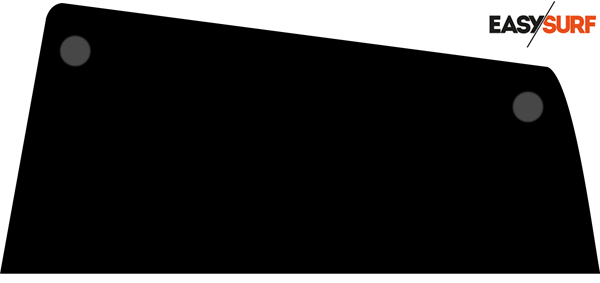
Deep Tuttle Box
Very deep box with two long screws. Used in race and slalom boards for the longest fins.

Tuttle Box
Slightly shallower than the deep version, also with two screws. Used in slalom and speed boards for longer and medium fins.

Power Box
Even more shallow and with only one screw. It offers good stiffness for medium and shorter fins made for freeride, freestyle, slalom and speed.

US Box
Very shallow one. To mount the fin you slide it in a special rail and tighten it up with a small screw from the bottom. US Box can be found in wave and freestyle boards. This is the only type of a box that allows you to adjust fin’s position in a board.
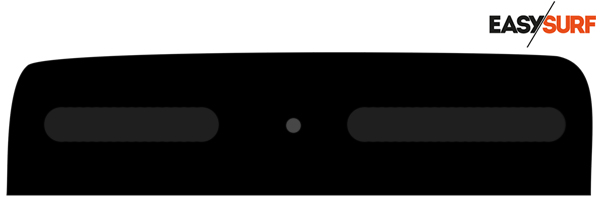
Slot Box
System found in multi-fin wave boards, usually used for mounting smaller side fins.
Fin Shapes
As you can note, making single universal fin is just impossible. One type of fins is needed for racing with huge sails, the other one for wave surfing. Every windsurfing discipline, let it be freeride, slalom, formula windsurfing, freestyle or wave, needs its own type of fin. Those are the most popular ones:
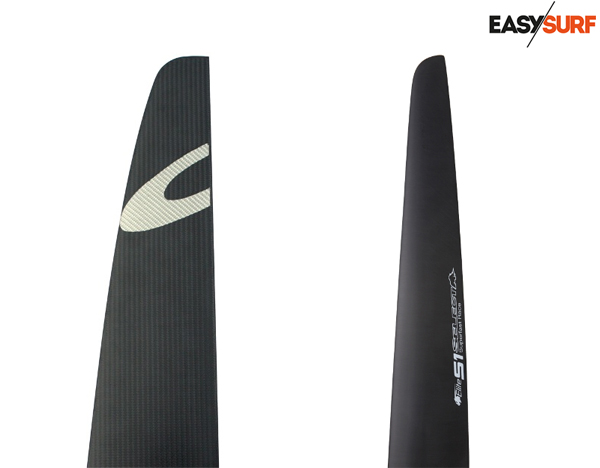
Race Fins
Very long, straight and slim with maximum stiffness. Made of carbon. Examples: Maui Ultra Fins Slalom Race Carbon, Select S1 Race
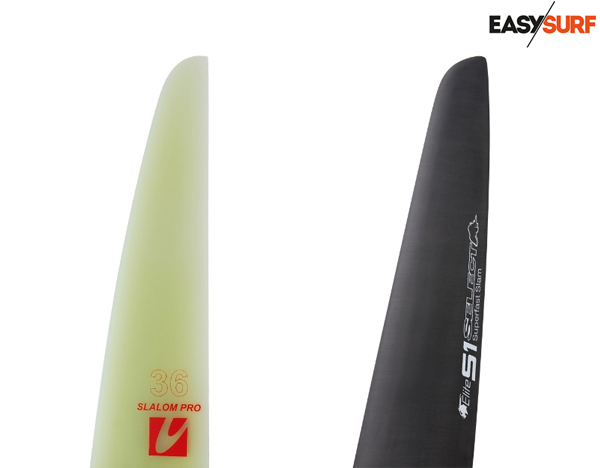
Slalom Fins
Shorter then race models but equally slim and stiff. They can by tilted slightly backwards. Made of carbon or G10. Examples: Maui Ultra Fins Slalom Pro, Select S1 Slam.

Freeride Fins
About the same length as slalom fins but have more flex and curvy outline. Mostly made of G10, vinyl or carbon composites. Examples: Maui Ultra Fins X-Ride, Select (...)
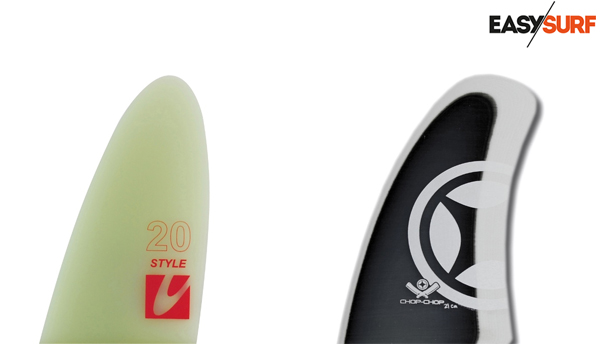
Freestyle Fins
Very wide and short. They provide fast planing, good acceleration, great „pop” of the board and low resistance during sliding maneuvers. Made of G10 or vinyl composites. Examples: Maui Ultra Fins Style, Select MX Evo, Unifiber Freestyle „Chop Chop”.
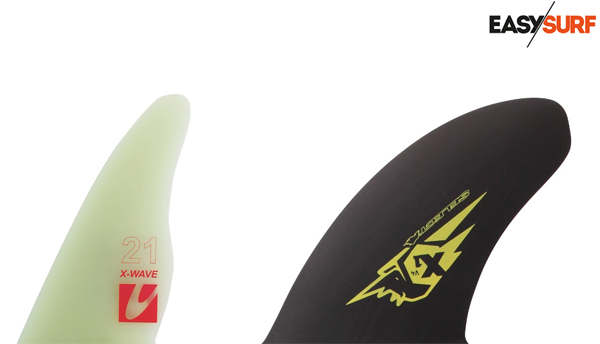
Wave Fins
Short, with the curviest outline. Those are the most maneuverable fins on the market and provide great control in high winds. As the name suggest, they are used for wave riding. You can find them in single (central) or multi fin configurations. Made of G10 or vinyl composites. Examples: Maui Ultra Fins X-Wave, Select Wave X1 V4, Unifiber Wave.

Bump&Jump Fins
Made for freeride sailing on smaller boards in high winds. Great for jumping. They provide good control and speed but also quite nice maneuverability. Made of G10 or vinyl composites. Exaples: Maui Ultra Fins Nospin Cross, Select Shock Bump’n Jump, Unifiber Freeride.

Anti Weed Fins
Special fins for spots with weed in the water. Their leading edge is very tilted backwards so there is very little chance of catching a weed during sailing. They are made in many sizes and for different types of boards: race, slalom, free ride and bump&jump. Made of G10 or vinyl composites. Examples: Maui Ultra Fins Nospin Cross, Select Shock Bump’n Jump, Unifiber Freeride.
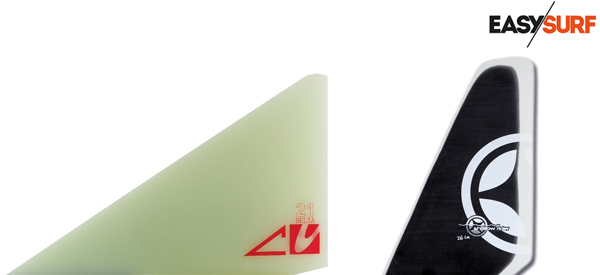
Fins For Shallow Waters
When the depth of your spot does not allow you to sail with a normal fin, you can find help by using a special fin for shallow water! Those fins can be as short as half the length of normal fin. Their power comes from thicker and wider shape. Made of G10 or vinyl composites. Examples: Maui Ultra Fins Delta, Unifiber Shallow Rider.
The End Note
Once we know all major types of fins, there is still one big open question - which fin should I get for my board? First and foremost you should choose model which is made for your type of sailing (i.e. slalom), has the same base as your fin box and is in the right size for your board. The easiest way to find out about the right size of your new fin is to read the manufacturer’s recommendation. Usually you can find useful size charts on manufacturers’ websites. Our recommendation is:
Maui Ultra Fins Selector
Select Fins Selector.
More generic solution can be found by using fin size calculators on various web sites: windsurfing.pl and surfertoday.com
It is worth to remember that without a good fin even the best board will not sail like a champ. And things that we often blame on board like slow planing, lack of control in high winds, can be easily solved by changing a fin!
Should you have any more questions or need further consultancy, don't hesitate to contact us at our Customer Care section.
EASY / SURF Team
Blog
Read
Rediscover Pure Windsurfing: Meet Exocet’s Windsurfer LT
Windsurfing has seen many shapes, sizes, and trends since its explosion in popularity in the 1970s and 80s. But today, enthusiasts around the globe are turning back the clock—without sacrificing modern performance—with Exocet’s Windsurfer LT.
READ MORERead
Continuous Radial Panel Layout: A New Era for GA Sails (Cosmic, Matrix & Matrix-ME 2025)
Gaastra (GA) Windsurfing has kicked off 2025 with a bold redesign in their sail lineup – introducing the Continuous Radial Panel Layout across select models. Notably, the freerace Cosmic (twin-cam), the no-cam freeride Matrix, and its high-tech sibling Matrix-ME now showcase this revolutionary panel construction.
READ MORERead
Jan’s dream came true with the iconic JP-Australia Super Sport 122 GOLD – a legendary board brought back just for him, only at EASY-surfshop!
READ MORE

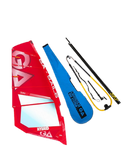

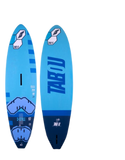
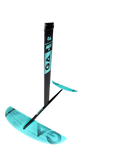
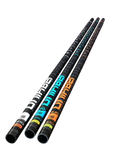
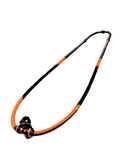

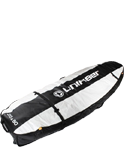
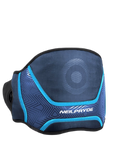
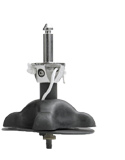
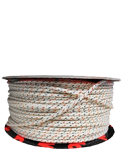

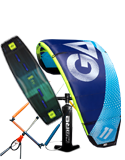


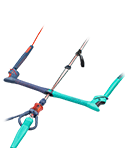
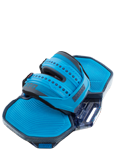
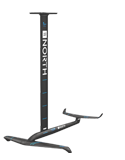
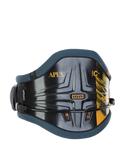
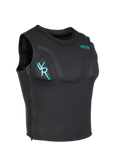
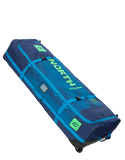
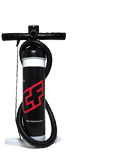

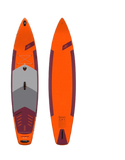

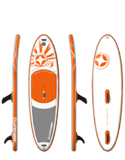
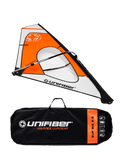
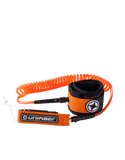
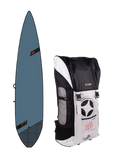

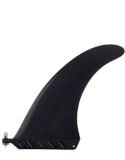

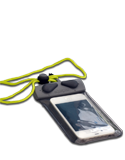
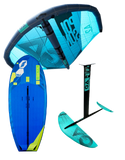
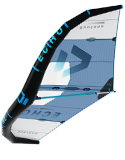
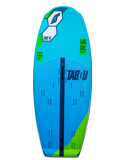
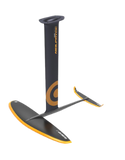

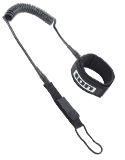

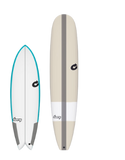
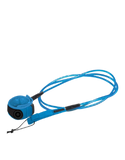
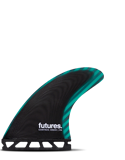
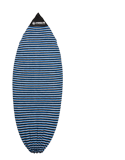
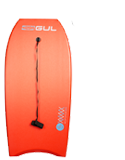

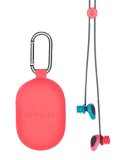
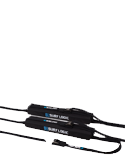


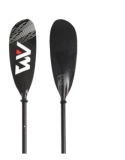
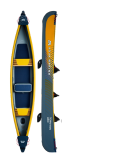

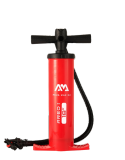
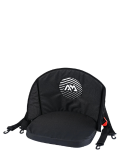
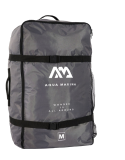


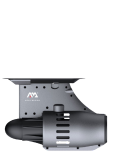
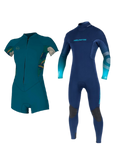
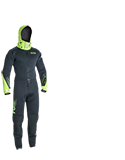
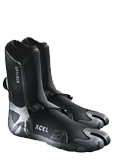
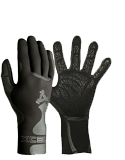
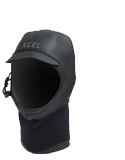

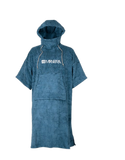

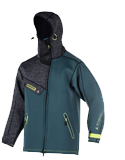
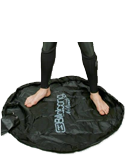
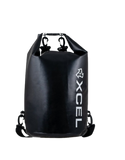
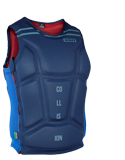
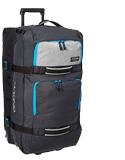
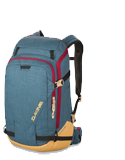
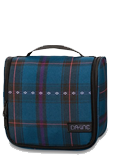

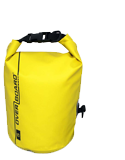



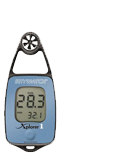

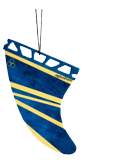
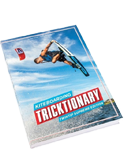


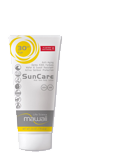

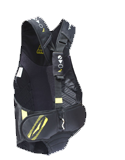

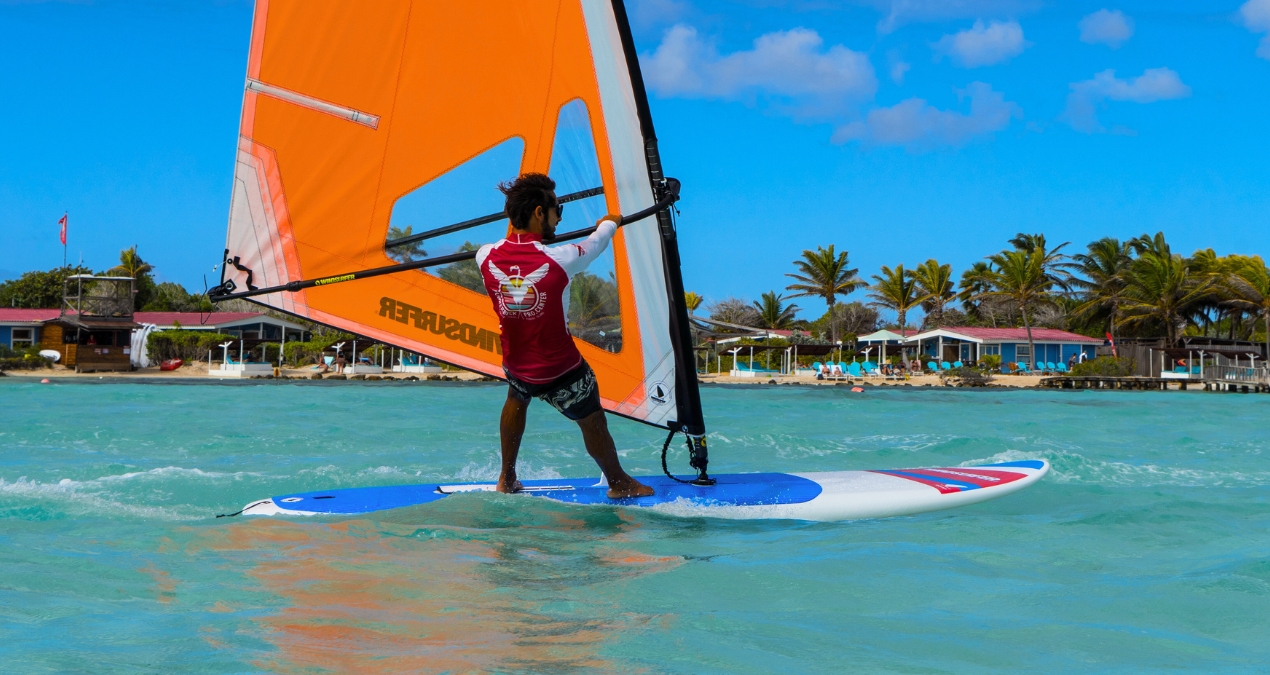
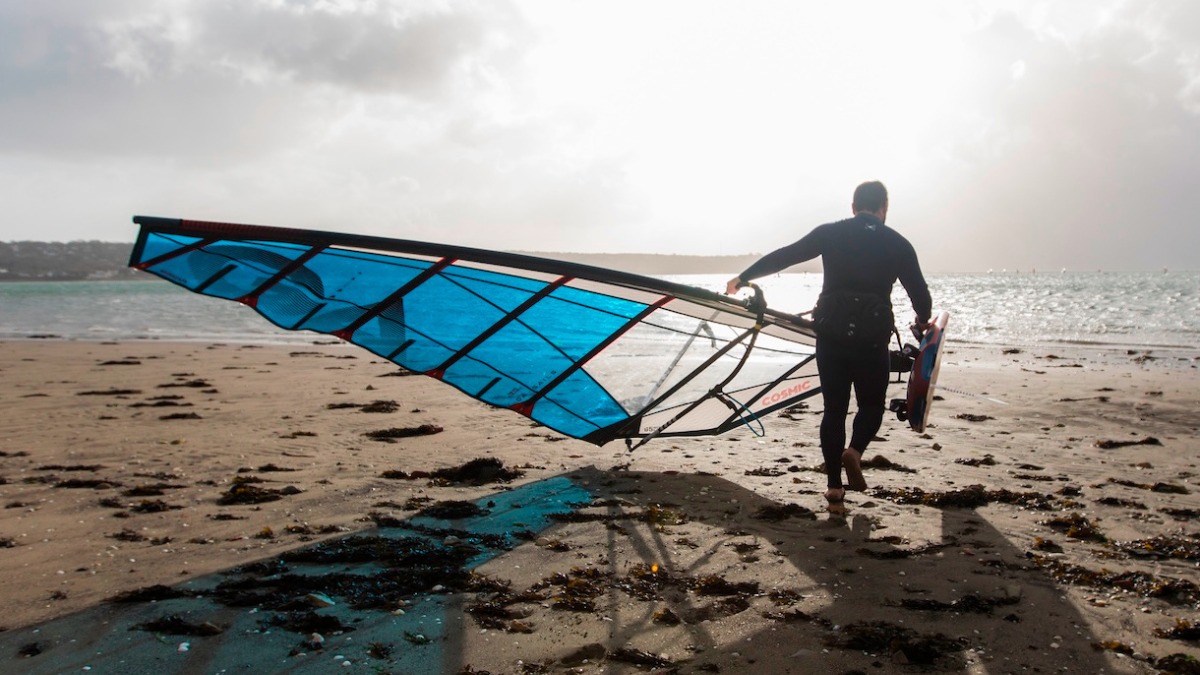
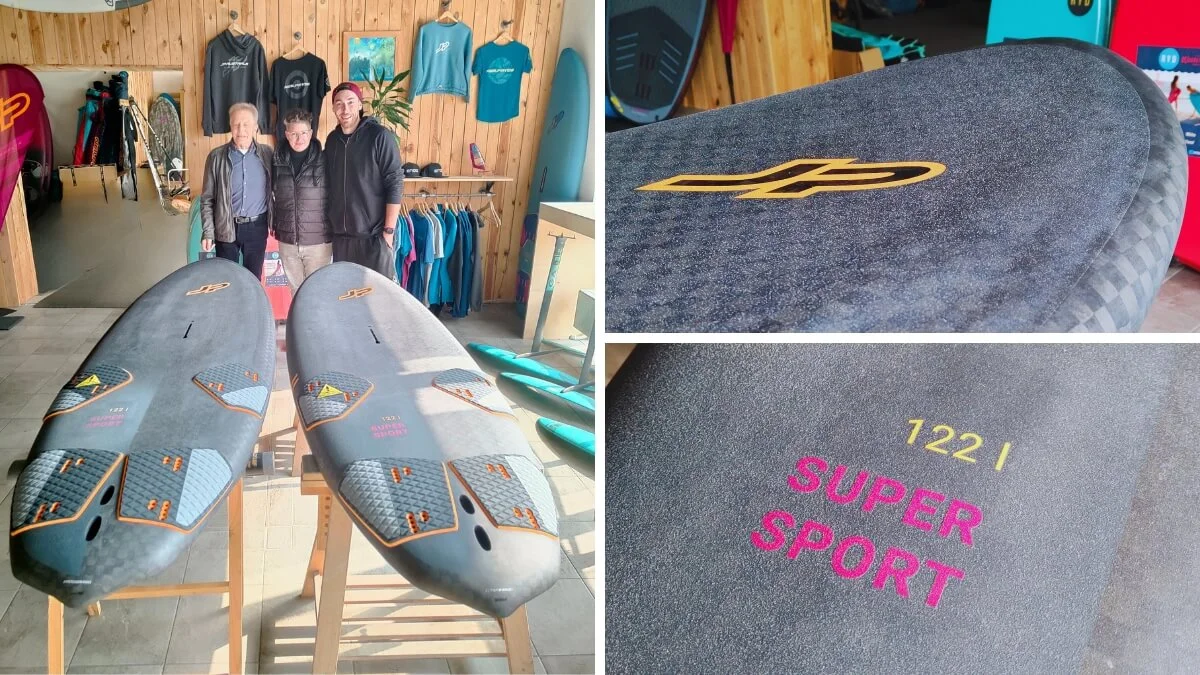



 Facebook
Facebook Instagram
Instagram YouTube
YouTube